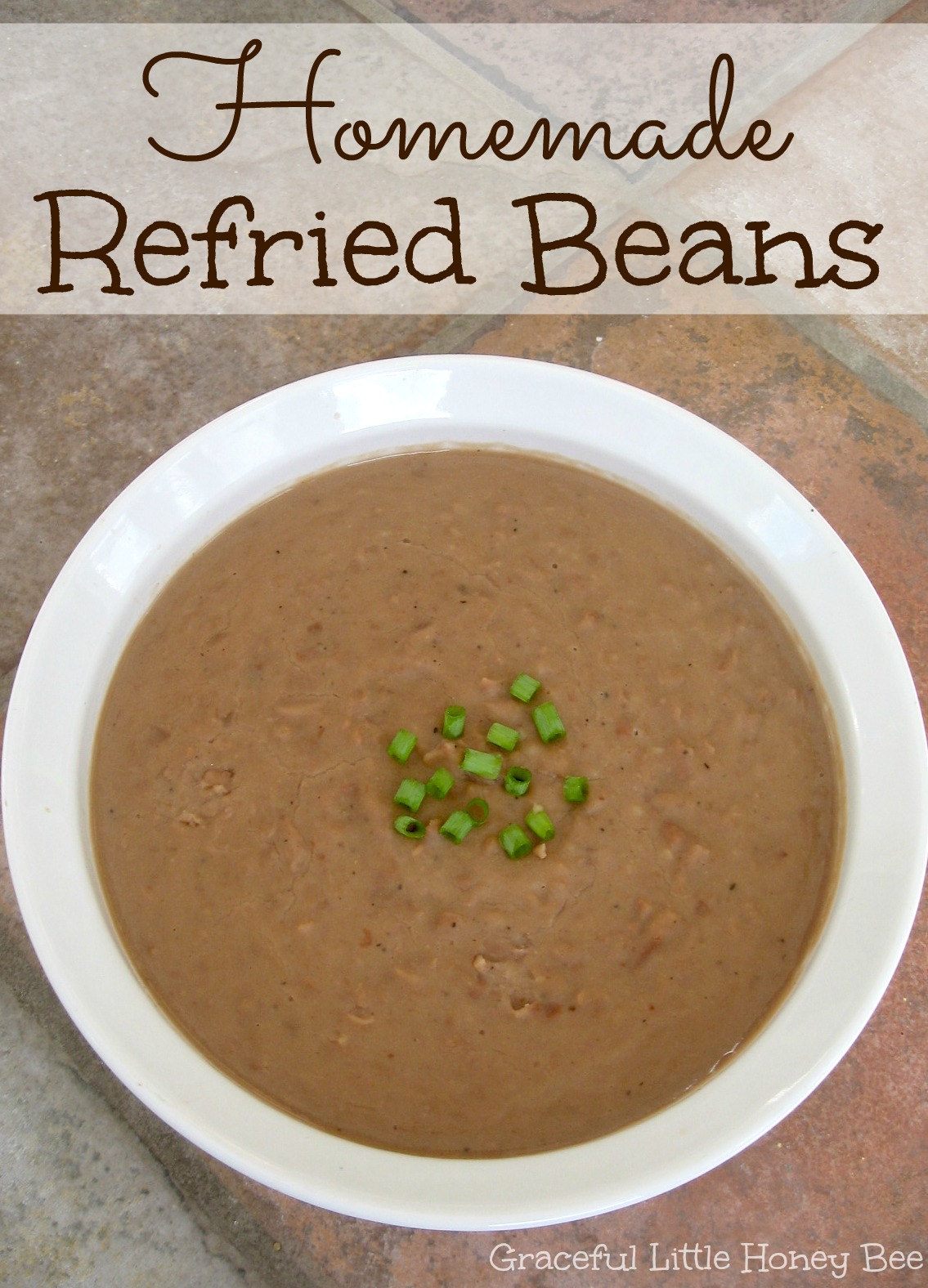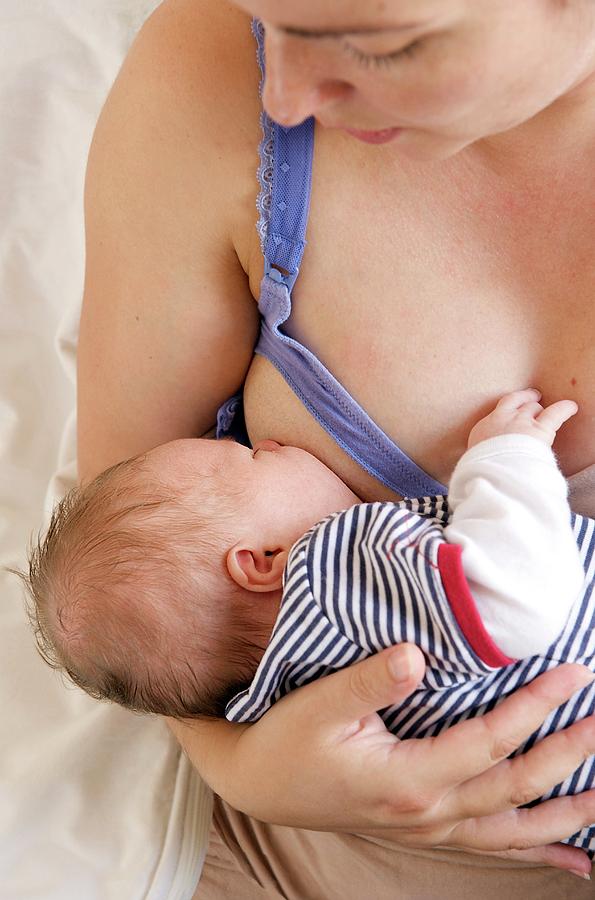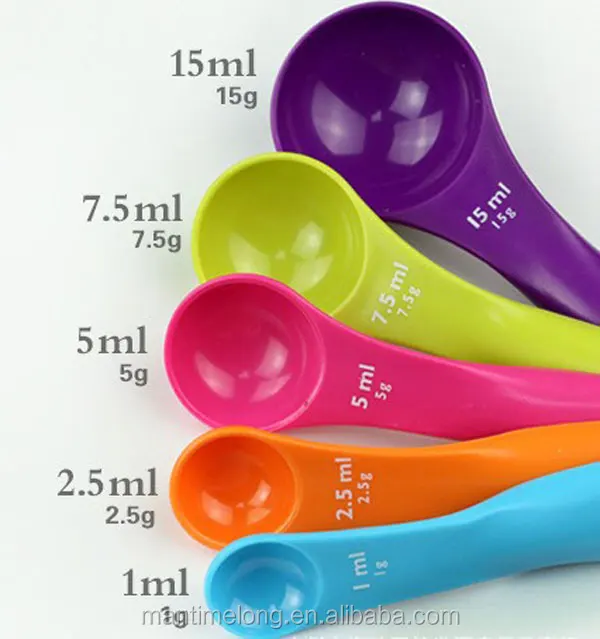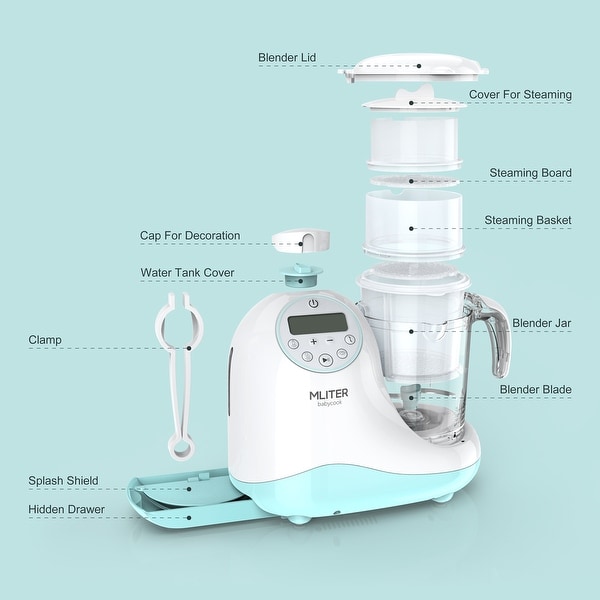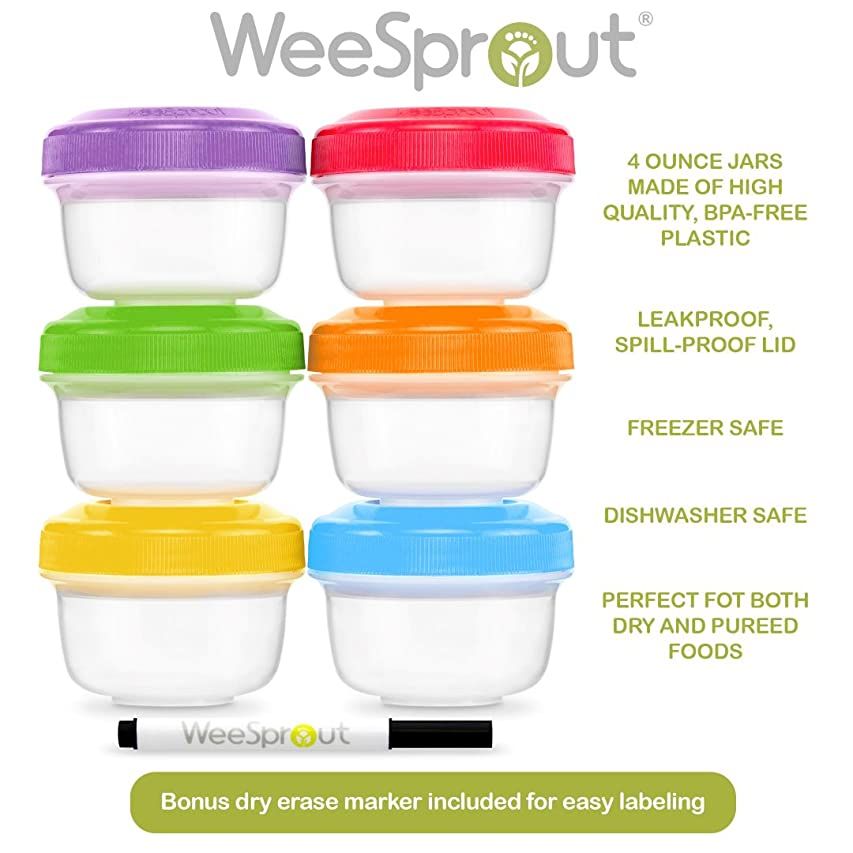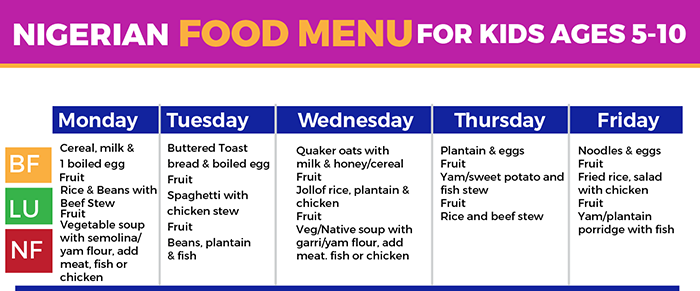Refried beans baby food
Beans for babies: When can babies eat beans?
Updated Oct 10, 2022
Beans are a staple in the diets of many people around the world and have been for years. From refried beans in Mexico to hearty soups in Italy, beans are versatile, widely available, and easy to prepare. And yes, your baby can enjoy beans too! This article will highlight when to serve babies beans, their health benefits, and how to serve them.
IN THIS ARTICLE
Can babies have beans?
Are beans healthy for babies?
When can babies eat beans?
How to introduce beans to your baby
Are beans a common allergen?
Are beans a choking hazard?
Beans for babies FAQ
Can babies have beans?
Yes! Babies can begin eating beans when they start solid foods around 6 months of age. Make sure all beans are cooked well and have a soft texture. Both dry beans and canned beans can be made for babies. If using canned beans, choose a low-sodium variety if possible and rinse well before serving.
Are beans healthy for babies?
Beans are an incredibly nutritious food for babies! They provide fiber and plant-based protein as well as a variety of vitamins and minerals needed to support optimal growth and development. Beans are also easy-to-cook and affordable making them a great choice for busy parents.
Beans nutrients for babies
While specific nutrition information varies slightly depending on the specific type of bean, all beans are nutrient-rich. A half-cup serving of beans provides around 6 to 9 grams of protein and 5 to 10 grams of fiber. For reference, babies typically need 9 to 11 grams of protein per day and about 5+ grams of fiber per day.
Additionally, beans are iron-rich, making them ideal for babies around 6 months.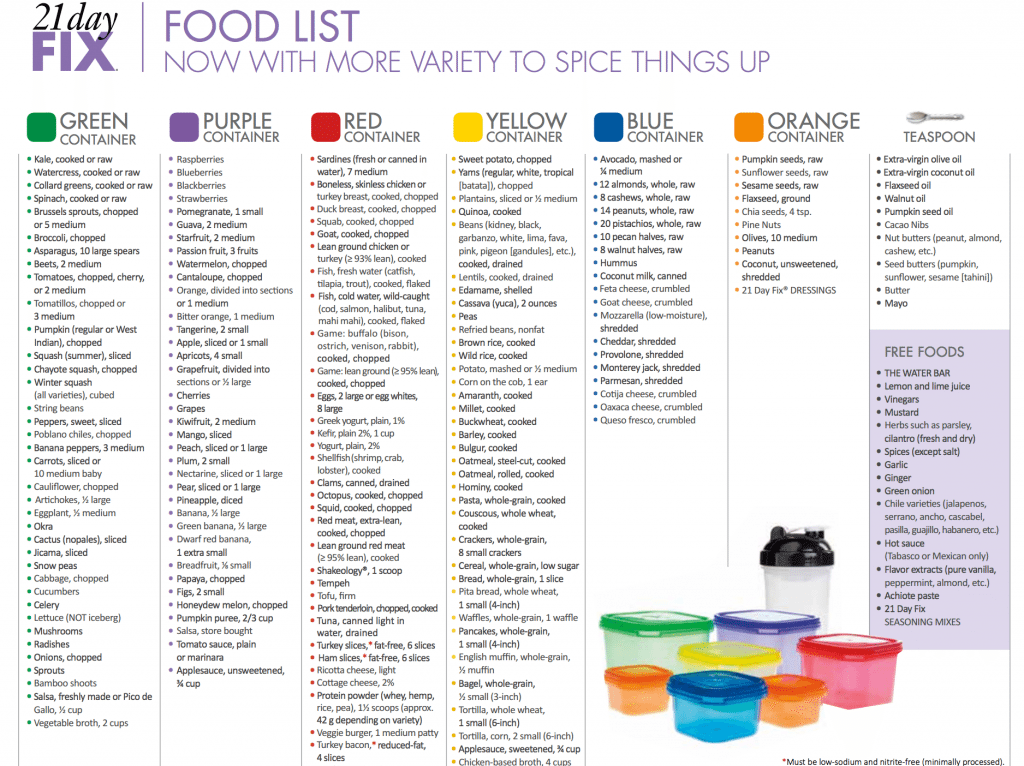 At this age, babies start to need dietary sources of iron to properly grow. Beans also provide important minerals such as potassium, phosphorus, and magnesium as well as B vitamins.
At this age, babies start to need dietary sources of iron to properly grow. Beans also provide important minerals such as potassium, phosphorus, and magnesium as well as B vitamins.
When can babies eat beans?
Can babies between 6 to 9 months old eat beans?
Babies between 6 to 9 months can eat beans of all types. If using canned beans, try to purchase low-sodium. Make sure they are well-cooked and soft before serving to your baby. Squish gently between your fingers for baby-led weaning or mashed up as a puree at this age.
Can babies between 9 and 12 months old eat beans?
Yes — babies 9 - 12 months old can continue to eat beans. Continue to opt for soft, well-cooked, low-sodium varieties. Beans make a great finger food at this age once the pincer grasp is established.
Can babies over 12 months old eat beans?
Definitely! Babies over 12 months old can eat beans and may begin to enjoy more mixed dishes at this age. Think red beans and rice, soups, or chilis. Many babies enjoy dipping foods like pretzels or veggies into hummus or other bean dips.
Think red beans and rice, soups, or chilis. Many babies enjoy dipping foods like pretzels or veggies into hummus or other bean dips.
How to introduce beans to your baby
Beans can be eaten in a lot of different ways! They can be prepared on their own, mixed into soups or salads, or made into dips. Your baby can enjoy beans as long as they are prepared appropriately for the age and feeding level.
Serving beans for baby-led weaning
Beans are easy to incorporate into baby-led weaning. Try gently squishing them between your fingers to make them easier to pick up. They can also be served in hummus or another bean dip by spreading it thinly on toast or a cracker.
Serving as a puree
Beans are naturally soft so it’s simple to turn them into a puree. You can make a thin puree by blending beans or a thicker puree by mashing with a fork. Add water, olive oil, or melted butter to help thin out the texture if desired.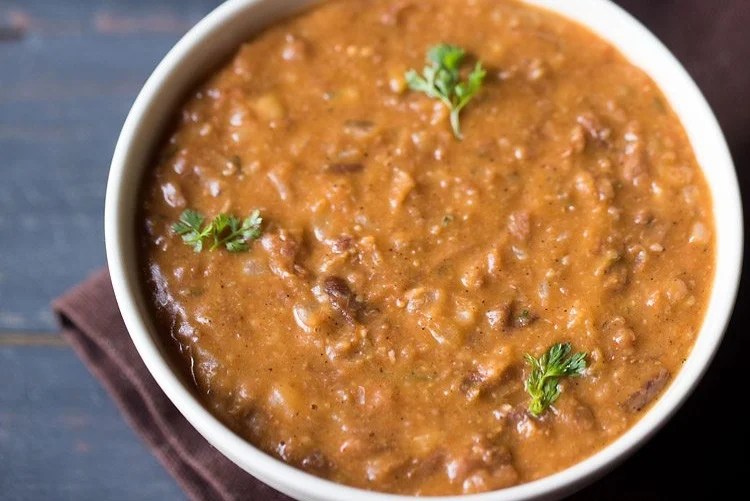
Recipe idea for beans for babies
You can serve beans in a lot of different ways, including in any recipes your family already enjoys! If you are looking for some ideas, check out this 5-minute bean puree recipe or whip up a batch of these PBJ baby-led weaning muffins (they’re made with chickpeas!).
Are beans a common allergen?
Beans are not one of the common allergens, although peanuts—another legume—are. However, eating beans may cause digestive side effects such as gas or bloating in some babies due to their high fiber and oligosaccharide (a type of carbohydrate) content. If you notice your baby seems uncomfortable after consuming beans, try reducing the portion served or serving them less often. As always, if you have any concerns, contact your pediatrician.
Are beans a choking hazard?
Beans are not considered a high-risk choking food, but it’s always important to serve food in a safe and appropriate way.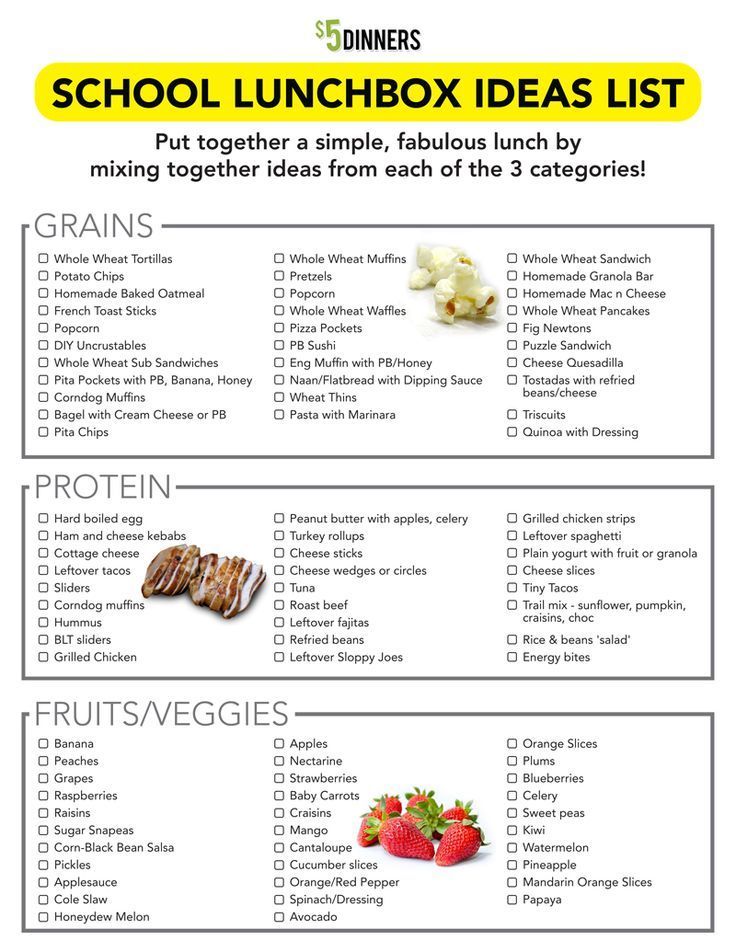 Since some beans have a spherical shape, it’s recommended to lightly squeeze or mash them before serving. Additionally, ensure all beans are soft before serving. When making a puree or dip, it may be helpful to check for large pieces of skin which may be hard to chew for a new eater.
Since some beans have a spherical shape, it’s recommended to lightly squeeze or mash them before serving. Additionally, ensure all beans are soft before serving. When making a puree or dip, it may be helpful to check for large pieces of skin which may be hard to chew for a new eater.
Beans for babies FAQ
Q: Can I give beans as a first food?
A:
Yes - beans make a great first food! They are easy-to-prepare, can be eaten in many ways and are affordable. They are also good sources of protein, fiber and iron.
Q: Can babies eat beans every day?
A:
Babies can eat beans every day, especially since there are so many different varieties. Watch out for any signs of digestive discomfort (gas or bloating) if you serve beans often. Also, remember the goal is always to serve as large of a variety of foods as possible.
Watch out for any signs of digestive discomfort (gas or bloating) if you serve beans often. Also, remember the goal is always to serve as large of a variety of foods as possible.
Q: Can toddlers eat beans?
A:
Toddlers can definitely eat beans! Beans provide much needed protein and fiber in a toddler’s diet. Many toddlers enjoy bean dips such as hummus.
Q: Are beans bad for babies/toddlers?
A:
No beans are not bad for babies and toddlers. In fact, beans are healthy and nutritious additions to the diet. They provide plant-based protein, fiber as well as vitamins and minerals.
Q: Do beans cause constipation?
A:
Beans typically do not cause constipation and can actually help to prevent and relieve constipation due to their fiber content.
Easiest Homemade Refried Beans
With the easiest method ever, these homemade refried beans are made easily in the slow cooker and are a perfect component to taco night.
Homemade Refried Beans
Making homemade refried beans is so much easier than you might realize, and they’re an incredibly easy way to serve up vegetarian protein in a budget-friendly dinner. This slow cooker method takes time, but the slow cooker does all the work so all you need to do is add the beans and water and come back later in the day!
We love these beans in tacos, burritos, and quesadillas, with rice, or as refried bean dip.
I love making these healthy refried beans because you avoid the excess added salt and fats that are often in store-bought or restaurant versions, they actually taste like real beans.
You can control the seasoning, too, so you can make them more or less flavorful as preferred by your family.
Ingredients You Need
To make these crock pot refried beans, you’ll need:
- Dry pinto beans: You can make 1 or 2 pounds of dried beans at once.
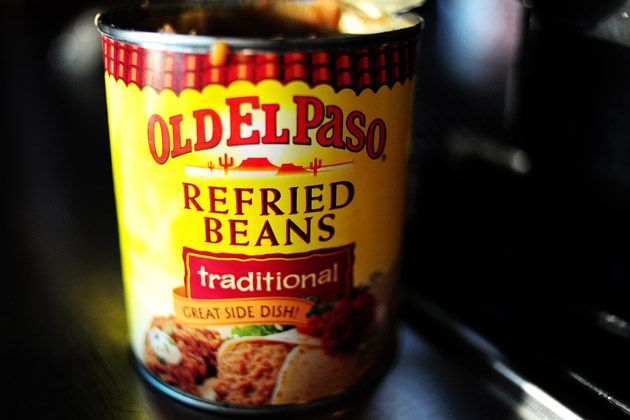
- Garlic and/or onion: These add flavor to the beans.
- Cumin
- Chili powder
- Salt: You can set some aside for a baby before you add the salt if you prefer.
TIP: If you only have pinto beans and water, that’s fine, too—you can always stir in some salsa at the end to add flavor.
Step-by-Step Instructions
Here’s a look at the simple process of making these slow cooker pinto beans.
- Add all of the ingredients to the crock pot. Add water and cover.
- Cook on LOW until very soft.
- Drain most of the water, reserving about a cup in a separate bowl or measuring cup.
- Use a potato masher to mash the beans until they’re mostly smooth. Add in a little water if needed for the desired consistency. Season to taste with salt. Serve warm with tortillas or rice and assorted taco toppings.
TIP: You can make these on the day you plan to serve them or ahead of time. They freeze really well.
What should we eat refried beans with?
We love these homemade refried beans in the slow cooker served with tortillas and taco toppings as simple tacos, as refried bean dip with tortilla chips (age 4+) or crackers, with fried eggs on top as a sort of riff on Huevos Rancheros, or with rice and taco toppings.
We also like to use them in:
- Refried Bean Taco Roll-Ups
- Bean Puree
- Bean-and-Cheese Quesadillas
- Chicken-and-Bean Tacos
- Taco Buffet
Frequently Asked Questions
How long does it take to make refried beans in a crock pot?
On the HIGH setting, it takes about 7-8 hours to cook refried beans in the crock pot or slow cooker.
Can you add dry beans to slow cooker?
Yes, dried beans and water cook easily in the slow cooker. This is an affordable way to make a large batch of beans.
How long does it take to make refried beans from scratch?
Using a slow cooker, it takes about 7-8 hours to make refried beans from scratch.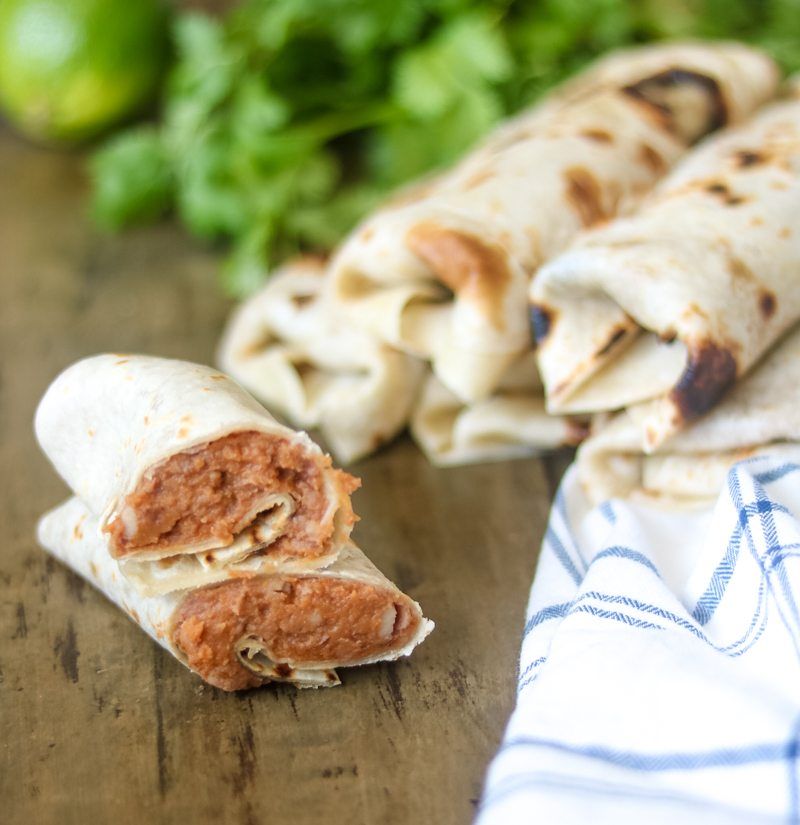
How to Store
You can store leftovers in an airtight container in the fridge for 3-5 days and warm through before serving. Or in an airtight container or freezer bag in the freezer, pressed flat and with as much air removed as possible, for up to 3 months.
Thaw overnight in the fridge or at room temperature. The beans dry out a little when they are stored, so simply stir in a few drops of water to moisten them up as desired when you reheat them!
Best Tips for Success
- The key to adding flavor when making refried beans in the crock pot is to season the water. I’ve done this with just garlic, just onion, and both—and I like them all.
- You will need to taste them before you serve to adjust the salt level. If they taste a little bland, add a smidge more salt and/or cumin and that should take care of it.
- As far as the texture goes, you can mash them chunkier or smooth. If you want them really smooth, you can even put them into a food processor!
- I like to reserve some of the cooking water to add back in at the end during the mashing to make sure they are as thin or thick as we like.
For tacos, I like them to be thicker so they stay put in the tortilla. For a refried bean dip or to go with rice, you can add back a little more water to make them a little thinner in consistency.
- The beans dry out a little when they are stored, so simply stir in a few drops of water to moisten them up as desired when you reheat them!
Related Recipes
I’d love to hear your feedback on this recipe if you try it out, so please comment below to share!
Prep Time 5 minutes
Cook Time 7 hours
Total Time 7 hours 10 minutes
Author Amy Palanjian
Cuisine American
Course Dinner
Calories 69kcal
Servings 10 -12
- ▢ 1 pound dry pinto beans
- ▢ 4 garlic cloves and/or 1 onion (peeled and halved)
- ▢ 1 1/2 teaspoon salt
- ▢ 2 teaspoons cumin
- ▢ 1 teaspoon chili powder
Add all of the ingredients to the crock pot.
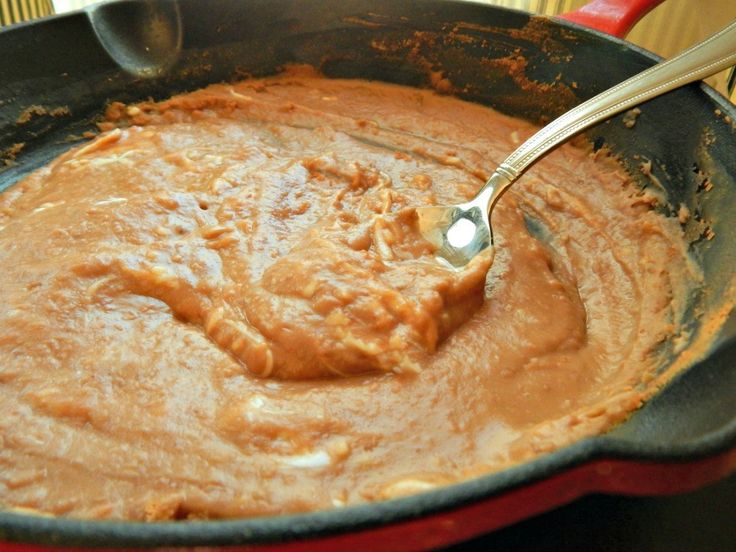
Add 8 cups water, cover, and cook on LOW for 7-8 hours. The beans should be very soft.
Drain most of the water, reserving about a cup.
Use a potato masher to mash the beans until they’re mostly smooth. Add in a little water if needed for the desired consistency. Season to taste with salt.
Serve warm with tortillas, or rice, with assorted taco toppings.
Instant Pot
- Once cooled, store in airtight containers in the fridge for up to 5 days or in the freezer for 3-6 months.
- The key to adding flavor when making refried beans in the crock pot is to season the water. I’ve done this with just garlic, just onion, and both—and I like them all.
- You will need to taste them before you serve them to adjust the salt level. If they taste a little bland, add a smidge more salt and/or cumin and that should take care of it.
- As far as the texture goes, you can mash them chunkier or smooth.
 If you want them really smooth, you can even put them into a food processor!
If you want them really smooth, you can even put them into a food processor! - I like to reserve some of the cooking water to add back in at the end during the mashing to make sure they are as thin or thick as we like For tacos, I like them to be thicker so they stay put in the tortilla. For a refried bean dip or to go with rice, you can add back a little more water to make them a little thinner in consistency.
Calories: 69kcal, Carbohydrates: 13g, Protein: 4g, Fat: 1g, Saturated Fat: 1g, Polyunsaturated Fat: 1g, Monounsaturated Fat: 1g, Sodium: 353mg, Potassium: 214mg, Fiber: 4g, Sugar: 1g, Vitamin A: 64IU, Vitamin C: 1mg, Calcium: 28mg, Iron: 1mg
Tried this recipe?Rate in the comments and tag @yummytoddlerfood on IG!
This post was first published July 2020.
Fried green beans with onions (TTK7480) flow sheet
Technical and technological cards
Reading 2 min Views 1. 1k. Posted by
1k. Posted by
Contents:
- Technical and technological map Fried green beans with onions
- Application area
- Requirement for raw materials
- Recipe
- Technological process
- Requirement for design, implementation and storage
- Quality and safety indicators:
- Organoleptic indicators
- Nutritional and energy value (per 100 g)
Application area
fried green beans with onions produced by the restaurant ____________________
Requirements for raw materials
compliance, sanitary and epidemiological conclusion, certificate of safety and quality, etc.)
Recipe
| Name of raw material or p/f | gross weight in g. | net weight and p/f in g. | |||||||
| s/m beans | 170 | 170 | |||||||
| butter | 20 | 20 | |||||||
| salt | 2 | 2 | |||||||
| freshly ground pepper | 0.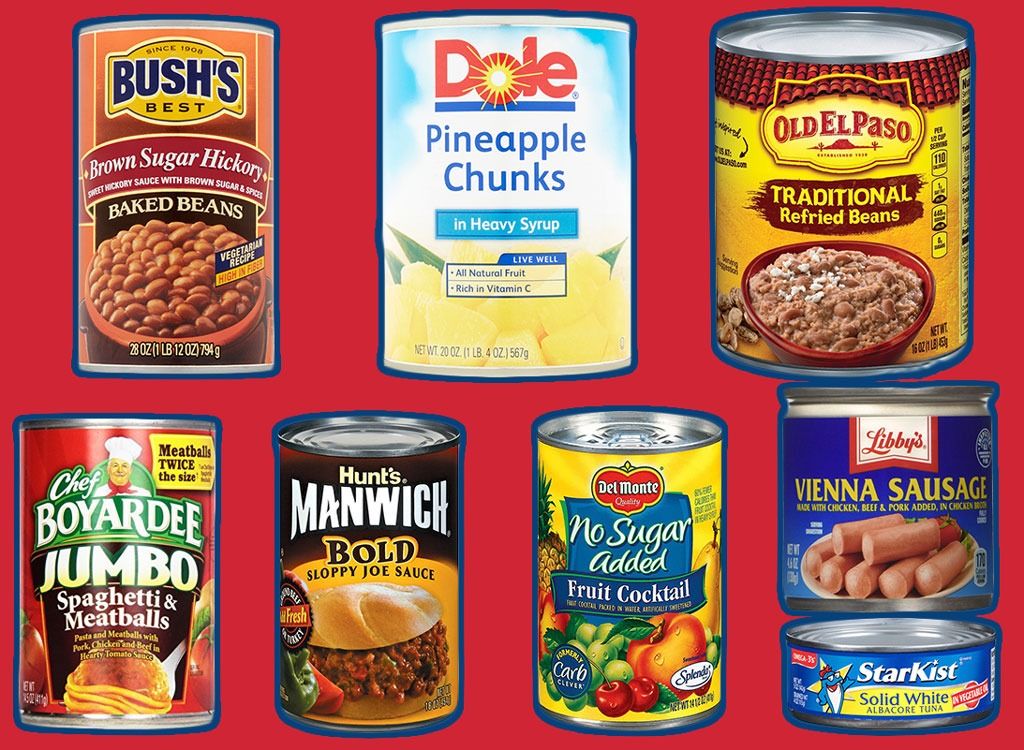 5 5 | 0.5 | |||||||
| sautéed onion p/f | 20 | ||||||||
| Output: | 150 | ||||||||
Technological process
Preparation of raw materials is carried out in accordance with the recommendations of the Collection of technological standards for catering establishments, technological recommendations for imported raw materials.
S/m beans are fried in butter until tender, salted, peppered and combined with sautéed p/f onions. nine0003
Requirements for design, sale and storage
Serving: in a plate at t65˚C, used as an independent dish or as a side dish.
Shelf life and sale according to SanPin 2.3.2.1324-03, SanPin 2.3.2.1078-01:
Quality and safety indicators:
Physical, chemical and microbiological indicators that affect the safety of the dish meet the requirements of SanPin 2. 3. 2.1078-01 index 1.9.15.13
3. 2.1078-01 index 1.9.15.13
Organoleptic indicators
- Appearance: the dish is neatly laid out in a slide, the edges of the plate are clean, without signs of weathering.
- Consistency: beans are fully cooked, soft.
- Colour: green.
- Taste and smell: moderately spicy, moderately salty. Unusual, unpleasant smell and taste are not allowed.
Nutritional and energy value (per 100 g)
| Proteins, g | nine0150 Fat, gCarbohydrates, g | Kcal | |||||
| 1.7 | 5.8 | 5.4 | 82.8 |
Andrey Gottsev
Ask a question
Chef, technologist and restaurateur. I will be glad to help you.
window.Help develop our site - publish your recipe.
Add a recipe to the site
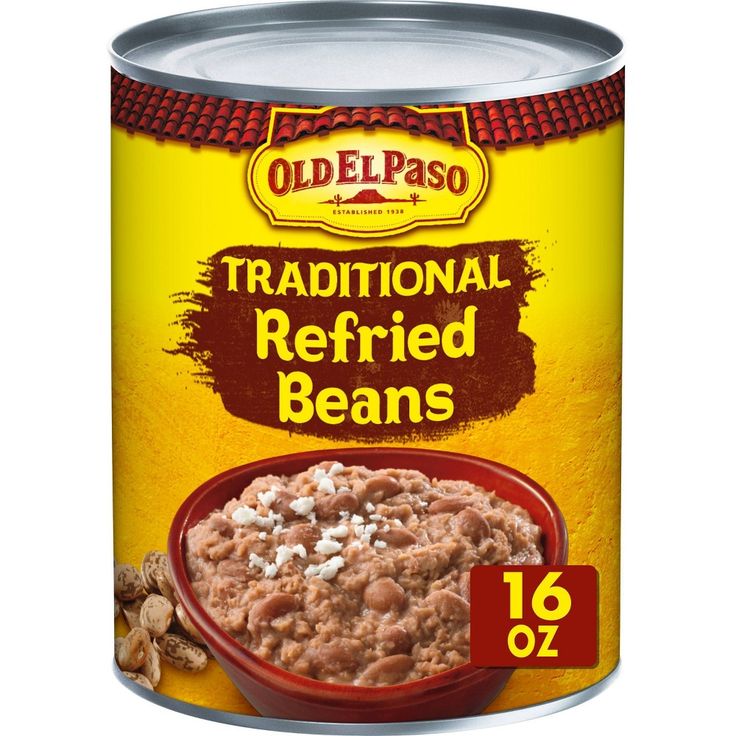 yaContextCb.push(()=>{ Ya.Context.AdvManager.render({ renderTo: 'yandex_rtb_R-A-1391136-13', blockId: 'R-A-1391136-13' })})"+"ipt>window.yaContextCb.push(()=>{ Ya.Context.AdvManager.render({ renderTo: 'yandex_rtb_R-A- 1391136-31', blockId: 'R-A-1391136-31' })})
yaContextCb.push(()=>{ Ya.Context.AdvManager.render({ renderTo: 'yandex_rtb_R-A-1391136-13', blockId: 'R-A-1391136-13' })})"+"ipt>window.yaContextCb.push(()=>{ Ya.Context.AdvManager.render({ renderTo: 'yandex_rtb_R-A- 1391136-31', blockId: 'R-A-1391136-31' })}) "+"ipt>
window.yaContextCb.push(()=>{ Ya.Context.AdvManager.render({ renderTo: 'yandex_rtb_R- A-1391136-32', blockId: 'R-A-1391136-32' })})"+"ipt>";
Fried bean pods with champignons (TTK4376) flow sheet
Reading 2 min Views 373 Posted
Content:
- Technological map No. Podley Podley Frown with champignons
- Scope
- Requirements for raw materials
- Name STORAGE
- QUALITY AND SAFETY INDICATORS
- Organoleptic quality indexes:
- Microbiological and physico-chemical indicators:
- Food and energy value
Scope
This technical and technological map was developed in accordance with GOST 31987-2012 and spreads to the pods of bean pods fried with champignons produced by the object of social nutrition.
REQUIREMENTS FOR RAW MATERIALS
Food raw materials, food products and semi-finished products used for cooking must comply with the requirements of current regulatory documents, have accompanying documents confirming their safety and quality (certificate of conformity, sanitary and epidemiological conclusion, safety certificate and quality, etc.)
RECIPE
Name of raw materials and semi-finished products \Gross\Net
| Gross | Net | |
| Bean pods | 127 | 99 |
| Mushrooms | 74 | 34 |
| Sesame oil | 30 | 25 |
| Soy sauce | nine0073 55 | |
| Concentrate | 5 | 5 |
| Allspice | 1 | 1 |
| Outlet | 150 |
TECHNOLOGICAL PROCESS
Mushrooms are sorted, cleaned, cut into slices. Bean pods are cleaned, boiled until half cooked and discarded. When ordering, bean pods and mushrooms are scalded with boiling water and fried with a small amount of sesame oil. Then add soy sauce, bean broth (20 g), concentrate, salt. nine0003
Bean pods are cleaned, boiled until half cooked and discarded. When ordering, bean pods and mushrooms are scalded with boiling water and fried with a small amount of sesame oil. Then add soy sauce, bean broth (20 g), concentrate, salt. nine0003
Food is fried by shaking the pan repeatedly. At the end, pour in sesame oil, overcooked with allspice.
REQUIREMENTS FOR REGISTRATION, SALES AND STORAGE
Serving: The dish is prepared according to the consumer's order, used according to the recipe of the main dish. Shelf life and sale according to SanPin 2.3.2.1324-03, SanPin 2.3.6.1079-01
QUALITY AND SAFETY
Organoleptic quality indicators:
- Appearance - Characteristic of this dish.
- Color - Characteristic of the products included in the product.
- Taste and odor - Characteristic of the products contained in the product, without foreign tastes and odors.

Microbiological and physico-chemical indicators:
According to microbiological and physico-chemical indicators, this dish meets the requirements of the technical regulation of the Customs Union "On food safety" (TR TS 021/2011)
NUTRITIONAL AND ENERGY VALUE
| Calories | 37.2 kcal |
| Proteins | 2.6 g |
| Fats | 1.5 g |
| Carbohydrates | 3.5 g |
Process engineer:
Andrey Gottsev
Ask a question
Chef, technologist and restaurateur. I will be glad to help you. nine0003
Help develop our site - publish your recipe.
Add a recipe to the site })"+"ipt>window.yaContextCb.push(()=>{ Ya.Context.AdvManager.render({ renderTo: 'yandex_rtb_R-A-1391136-31', blockId: 'R-A-1391136-31' }) })
"+"ipt>
window.